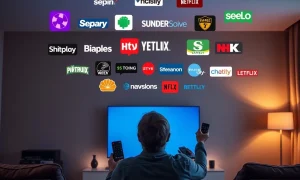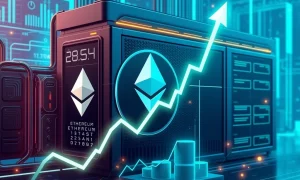The thunderous impact of Jake Paul’s boxing ventures and UFC’s strategic moves echoes through the sports entertainment landscape, fundamentally challenging the decades-old pay-per-view model that once dominated combat sports revenue.
The Traditional Pay-Per-View Model Under Pressure
Historically, the pay-per-view model generated massive revenue for promoters and networks. However, this system faced significant criticism for high consumer costs and limited accessibility. Consequently, many fans sought alternative viewing methods, creating pressure for change.
Jake Paul’s Disruptive Approach to Combat Sports
Jake Paul revolutionized boxing promotions through innovative strategies. His events typically feature:
- Lower price points than traditional boxing PPVs
- Cross-promotional social media marketing
- YouTube and digital platform integration
- Transparent fighter payout structures
UFC’s ESPN+ Partnership Reshapes Distribution
The UFC’s exclusive deal with ESPN+ transformed how fans access content. This partnership eliminated traditional cable PPV requirements. Instead, subscribers pay through streaming platforms. This shift dramatically increased accessibility while maintaining revenue streams.
Financial Implications for the Pay-Per-View Model
Traditional PPV economics face unprecedented challenges. Promoters now must reconsider pricing strategies. Additionally, digital platforms offer better analytics and targeted marketing. These changes ultimately benefit both consumers and content creators.
The Future of Sports Entertainment Distribution
Streaming services continue to disrupt traditional media models. Sports organizations increasingly prioritize digital accessibility. Furthermore, younger audiences prefer subscription models over one-time purchases. This trend suggests permanent industry transformation.
FAQs: Pay-Per-View Model Transformation
How has Jake Paul changed boxing promotions?
Paul introduced social media-driven marketing, lower prices, and digital-native distribution methods that appeal to younger audiences.
What makes UFC’s ESPN+ deal different from traditional PPV?
The deal bundles PPV events with streaming subscriptions, reducing individual event costs while increasing overall platform value.
Are traditional PPV events completely disappearing?
While declining, traditional PPV still exists for major events but increasingly integrates with streaming platforms rather than operating independently.
How do fighter payouts compare between models?
Digital-native approaches often provide more transparent and sometimes higher fighter compensation through revenue sharing and bonus structures.
What does this mean for sports fans?
Fans benefit from lower costs, better accessibility, and more viewing options across multiple devices and platforms.
Will other sports follow this trend?
Most major sports organizations are already exploring similar digital distribution strategies to adapt to changing consumer preferences.






















